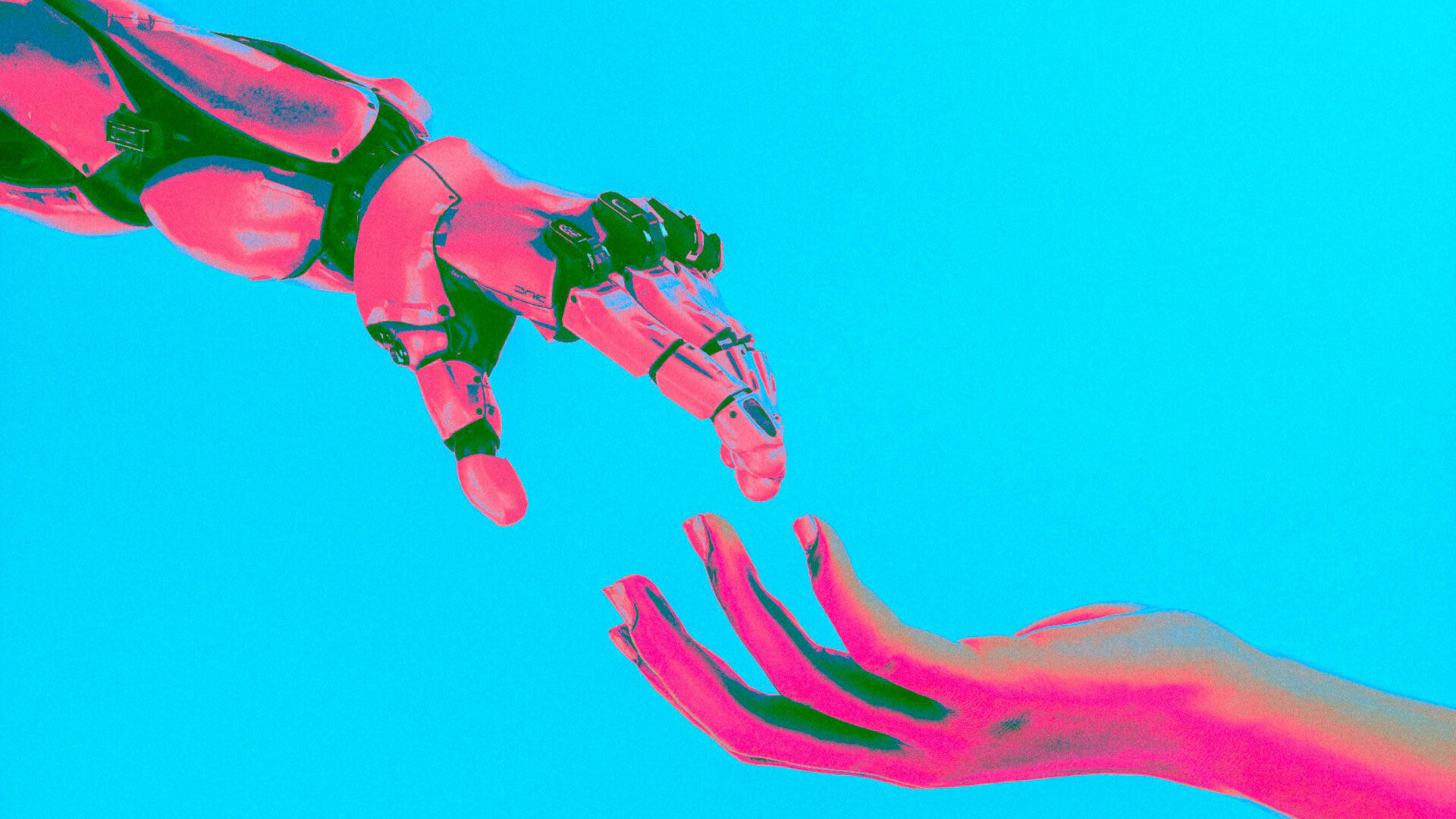Could Creativity Be The Antidote To ‘Internet Brain’? Here Are 5 Ways To Tap Into It
Think about the last time you caught yourself mid-scroll. You might have been lurking on the Internet for mere minutes – or hours. Regardless, as soon as you entered that vortex, you likely lost all sense of reality.
If you’re like the majority of adults today, you’ve experienced ‘internet brain’ – the cognitive, mental and even emotional drain that comes after spending the bulk of our existence online. Even if you’ve never heard the term, you know the feeling: your eyes are glazed over, your thoughts are muted-but-chaotic, and any ounce of the information you just consumed immediately disappeared from your memory.
If this description hits a bit too close to home, you’re not alone. Research shows that ‘excessive’ use of the internet – it’s estimated adults spend nearly seven hours each day online – isn’t just demoralising or a waste of time; it’s literally affecting our brain structure, cognition and mental health. So far, scientists have seen the greatest impact on our ability to retain information, concentrate and connect with others. But a study published in 2020 found that constant scrolling can even impact our executive functioning – AKA, our ability to make decisions in daily life.
That’s because when we’re constantly online, we’re spending too much time in the ‘focus network’ of our brain, otherwise known as the dorsal attention network. The focus network is a term used in the scientific world to define a set of areas in the brain responsible for our attention, focus and linear thought. Much of our modern life requires us to be in the focus network, from answering emails to following directions while cooking dinner. However, when our leisure time is also spent scrolling online, thinking linearly, our brain doesn’t have time to recharge. In turn, we make impulsive decisions and can continue searching for that easy hit of dopamine from our next scroll.
To feel our best, we need to actively spend time in our imagination network, or in neuroscience terms, the ‘default mode network’. This intricate group of regions in our brain was once thought to be doing nothing special, but now we know it’s responsible for our creativity, curiosity and mental rejuvenation. So the antidote to internet brain isn’t just putting your phone down, it’s about sparking your creativity to feel more energised, fulfilled and alive.
Specifically, we’re talking about the act of creating without worrying about the output – otherwise known as ‘mini-C creativity’. At Daydreamers, my mental health company, we advocate this type of creativity to benefit our ‘creative health’, because it has the capacity to rejuvenate our focus, energy and emotions.
I’ve seen first-hand the impact that a mini-C creative practice can have on your mental, emotional and even physical wellbeing. Among our members, it’s not only strengthened resilience and focus by more than four times across measures of grit and attention, but it’s also reduced feelings of burnout by over 60% in less than three months. Recent scientific research says that getting into the creative flow is more effective for improving long-term mental health than mindfulness or optimism.
So next time you feel the urge to scroll, try replacing it with a dose of creativity. Below are five simple ways to incorporate more mini-C creating into your life – you can read more about the science behind it in one of my new favourite books, Your Brain On Art.
5 Ways To Tap Into Mini-C Creativity
- Doodle for fun – Research shows that doodling for 20 minutes can help reduce stress – regardless of talent. Daydreamers members who take a mental health doodling break during the workday report feeling more creative and focused immediately afterwards, and for up to 48 hours later.
- Try something new – Openness to new ideas and experiences is the basis for creative thought. You might try asking “What if...?” by taking a slightly different route on your morning commute, or changing up a recipe you’re following for dinner. Micro-moments of experimentation can help us get into the creative flow.
- Savour moments of beauty – Awe, wonder and appreciation are a foundation of creative health. Giving yourself permission to soak up a beautiful sunset, or appreciating how the light hits a plant in your home can send your brain on a positive upward spiral and expand your creative perspective.
- Daydream – A surefire way to activate the default mode network of your brain. All it takes is giving yourself room to be unproductive. Try daydreaming at your desk or letting your mind wander on a walk.
- Make something with your hands – Getting into the creative flow happens best when we connect our mind and body – try painting, gardening, modelling clay or picking flowers. All you need to do is find a balance between your skills and the challenge and allow time to melt away.
Katina Bajaj is the co-founder of Daydreamers, author of wellbeing books including On Adulting and has an MA in clinical psychology from Columbia University, New York




